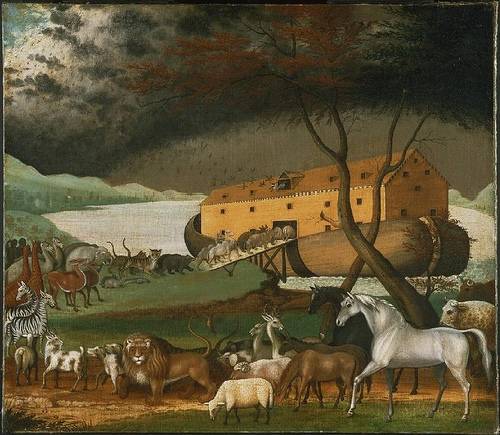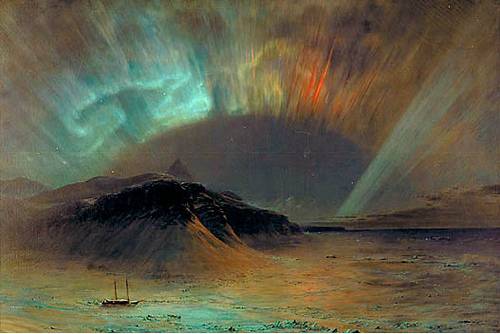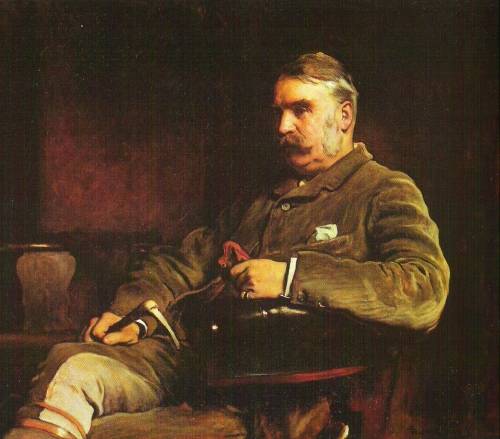
In English, the name of each integer shares a letter with each of its neighbors. ONE shares an O with TWO, TWO shares a T with THREE … and so on to infinity.

In English, the name of each integer shares a letter with each of its neighbors. ONE shares an O with TWO, TWO shares a T with THREE … and so on to infinity.
On being told the house doctor was coming, Max Baer said, “No, dummy, I need a people doctor.”
Hart Crane, jumping overboard: “Goodbye, everybody!”
Edison emerged from a coma to say, intriguingly, “It is very beautiful over there.”
James Joyce, fittingly: “Does nobody understand?”
Mahler: “Mozart!”
William Saroyan: “Everybody has got to die, but I have always believed an exception would be made in my case. Now what?”
Ernest Shackleton, to his doctor: “You are always wanting me to give up something. What do you want me to give up now?”
In 1922, Ernest Hemingway’s wife lost a suitcase full of his early manuscripts at the Gare de Lyons as she was traveling to meet him in Geneva. It was never recovered.
In 1919, T.E. Lawrence misplaced his briefcase while changing trains at Reading railway station. It had contained the first eight books of Seven Pillars of Wisdom. He, too, had to start again.
In 1835, when Thomas Carlyle had finished writing the first volume in his history of the French Revolution, he loaned the manuscript to John Stuart Mill, seeking his opinion. Mill’s maid mistook it for trash and burned it.
“I remember and can still remember less of it than of anything I ever wrote with such toil,” Carlyle wrote in his journal. After laboriously rewriting the volume, he said he felt like a man who had “nearly killed himself accomplishing zero.”

What is gopher wood? Noah used it to build his ark, but there’s no other reference to it in the Bible.
Similarly, no one’s quite sure what a kankedort is. It appears in one passage in Chaucer’s Troilus and Criseyde:
Was Troilus nought in a kankedort,
That lay, and myghte whisprynge of hem here,
And thoughte, “O Lord, right now renneth my sort
Fully to deye, or han anon comfort!”
The Oxford English Dictionary defines it helplessly as an awkward situation or affair and says it’s “of unascertained etymology.”
See Hapax Legomenon.
Bible scholar J. Addison Alexander was once asked whether one could write as forcibly in monosyllables as in long words. He responded with a poem:
Think not that strength lies in the big round word,
Or that the brief and plain must needs be weak.
To whom can this be true who once has heard
The cry of help, the words that all men speak
When want or woe or fear is in the throat,
So that each word is gasped out like a shriek
Pressed from the sore heart, or a strange wild note,
Sung by some fay or fiend? There is a strength
Which dies if stretched too far or spun too fine,
Which has more height than breadth, more depth than length.
Let but this force of thought and speech be mine,
And he that will may take the sleek fat phrase,
Which glows and burns not, though it gleam and shine–
Light but not heat–a flash, but not a blaze!
Nor is it mere strength that the short word boasts;
It serves far more than wind or storm can tell.
Or roar of waves that clash on rock-bound coasts,
The crash of tall trees when the wild winds swell,
The roar of guns, the groans of men that die
On blood-stained fields. It has a voice as well
For them that far off on their sick-beds lie;
For them that weep, for them that mourn the dead;
For them that dance and laugh and clap the hand
To joy’s quick step, as well as grief’s slow tread;
The sweet plain words we learn at first keep time,
And though the theme be sad, or gay, or grand,
With each, with all, these may be made to chime,
In thought, or speech, or song, or prose, or rhyme.

On the night of Sept. 2, 1859, an enormous solar flare produced brilliant auroras around the world. Newspapers and ships’ logs reported striking displays throughout the United States, Europe, Japan, and Australia; Bostonians could read by their light at 1 a.m.
At the height of the storm, a curious conversation took place between two New England telegraph operators:
Boston: Please cut off your battery, and let us see if we cannot work with the auroral current alone.
Portland, Maine: I have done so. Will you do the same?
Boston: I have cut my battery off and connected the line with the earth. We are working with the current from the Aurora Borealis alone. How do you receive my writing?
Portland: Very well indeed. Much better than with the batteries on. There is much less variation in the current, and the magnets work steadier. Suppose we continue to work so until the Aurora subsides?
Boston: Agreed. Are you ready for business?
Portland: Yes; go ahead.
They carried on in this way for two hours, the storm inducing enough current in the lines to support their transmissions. It marked the first conclusive link between auroral activity and electricity.
(Thanks, Michael.)
Make the following experiment: say ‘It’s cold here’ and mean ‘It’s warm here.’ Can you do it? — And what are you doing as you do it? And is there only one way of doing it?
— Wittgenstein, Philosophical Investigations, 1953
An hour before his death in April 1955, Albert Einstein muttered a few sentences in German.
The night nurse did not understand them.

A whimsical letter written by W. S. Gilbert notes ‘a great want’ among poets. ‘I should like to suggest,’ he says, ‘that any inventor who is in need of a name for his invention, would confer a boon on the rhymsters, and at the same time insure himself many gratuitous advertisements, if he would select a word that rhymes to one of the many words in common use, which have but few rhymes or none at all. A few more words rhyming with ‘love’ are greatly wanted; ‘revenge’ and ‘avenge’ have no rhyming word, except ‘Penge’ and ‘Stonehenge’; ‘coif’ has no rhyme at all; ‘starve’ has no rhyme except (oh, irony!) ‘carve’; ‘scarf’ has no rhyme, though I fully expect to be told that ‘laugh,’ ‘calf,’ and ‘half’ are admissible, which they certainly are not.’
— Miscellaneous Notes and Queries, March 1894
These sentences read the same backward as forward: